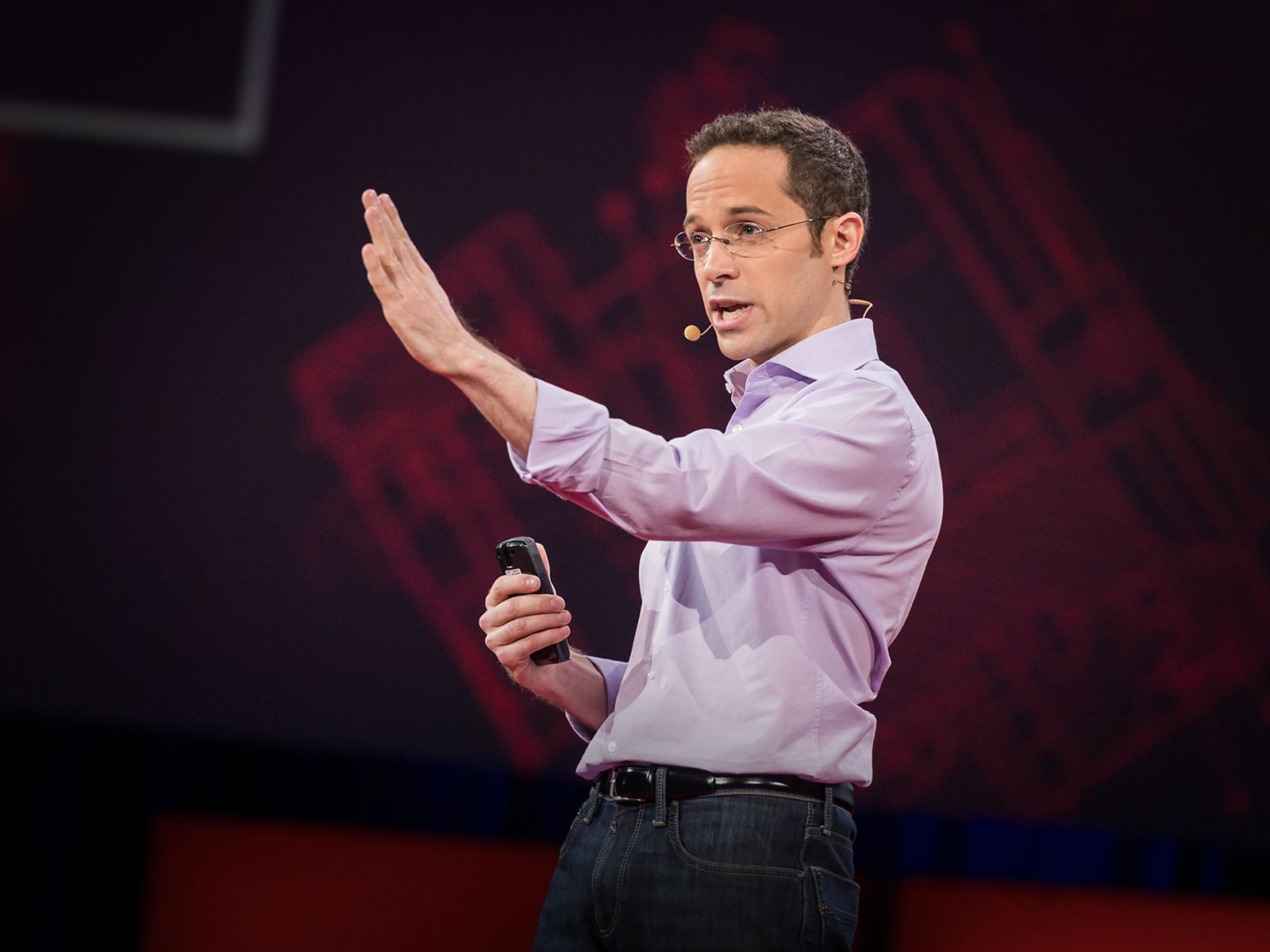Are athletes really getting faster, better, stronger?
9,669,569 views |
David Epstein |
TED2014
• March 2014
When you look at sporting achievements over the last decades, it seems like humans have gotten faster, better and stronger in nearly every way. Yet as David Epstein points out in this delightfully counter-intuitive talk, we might want to lay off the self-congratulation. Many factors are at play in shattering athletic records, and the development of our natural talents is just one of them.
